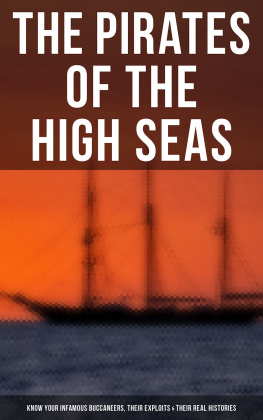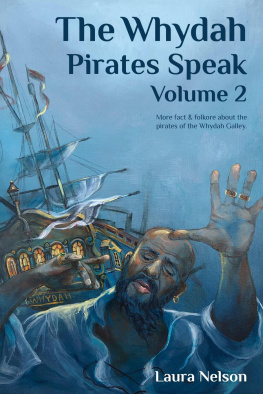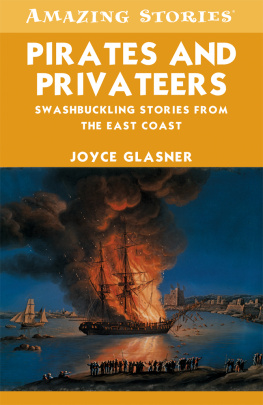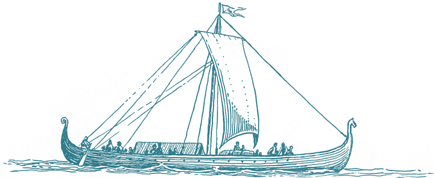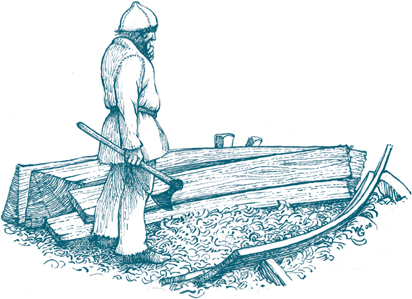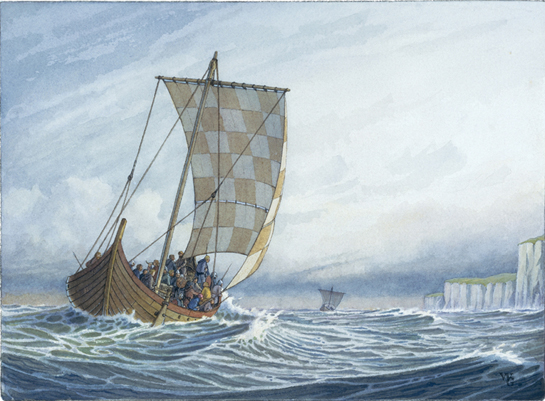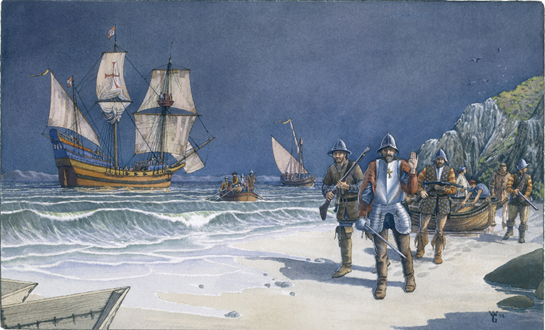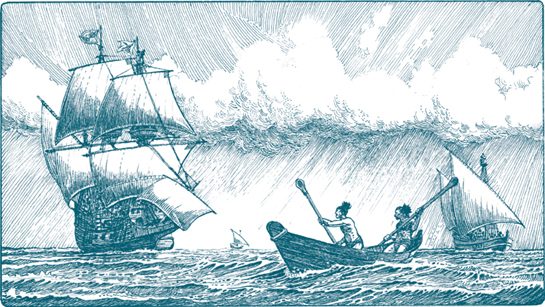William Gilkerson - A Thousand Years of Pirates
Here you can read online William Gilkerson - A Thousand Years of Pirates full text of the book (entire story) in english for free. Download pdf and epub, get meaning, cover and reviews about this ebook. year: 2009, publisher: Tundra Books, genre: Adventure. Description of the work, (preface) as well as reviews are available. Best literature library LitArk.com created for fans of good reading and offers a wide selection of genres:
Romance novel
Science fiction
Adventure
Detective
Science
History
Home and family
Prose
Art
Politics
Computer
Non-fiction
Religion
Business
Children
Humor
Choose a favorite category and find really read worthwhile books. Enjoy immersion in the world of imagination, feel the emotions of the characters or learn something new for yourself, make an fascinating discovery.

- Book:A Thousand Years of Pirates
- Author:
- Publisher:Tundra Books
- Genre:
- Year:2009
- Rating:5 / 5
- Favourites:Add to favourites
- Your mark:
A Thousand Years of Pirates: summary, description and annotation
We offer to read an annotation, description, summary or preface (depends on what the author of the book "A Thousand Years of Pirates" wrote himself). If you haven't found the necessary information about the book — write in the comments, we will try to find it.
For as long as theyve existed, pirates have conjured up visions of high-seas adventure and skullduggery, sea chases and bloody battles, dangerous coastal lairs and buried treasure. Rightly so, for ever since ships have carried valuable cargo, pirates have enraged monarchs and struck terror into the hearts of honest seamen with their willingness to risk life and limb for an undeserved share of the riches. Whether the cargo was gold or silver, spices or silks, animal or human, there have always been villains ruthless enough to kill or be hanged for it.
From the days of the Vikings to the present and in all the oceans of the world, pirates have made their presence known and feared. Recorded here are their stories along with striking images of ships, storms at sea, and secret harbors where black ships could be re-stocked and refitted.
Award-winning author and artist William Gilkerson has spent years researching and painting their colorful history. From the terrible Black Beard to the fascinating Granuaile, or Grace OMalley as the English called her, they have come to life under his brush. One can almost hear the creak of timbers, the snap of canvas while turning the pages. This gift book is a rich treasure in its own right.
William Gilkerson: author's other books
Who wrote A Thousand Years of Pirates? Find out the surname, the name of the author of the book and a list of all author's works by series.

